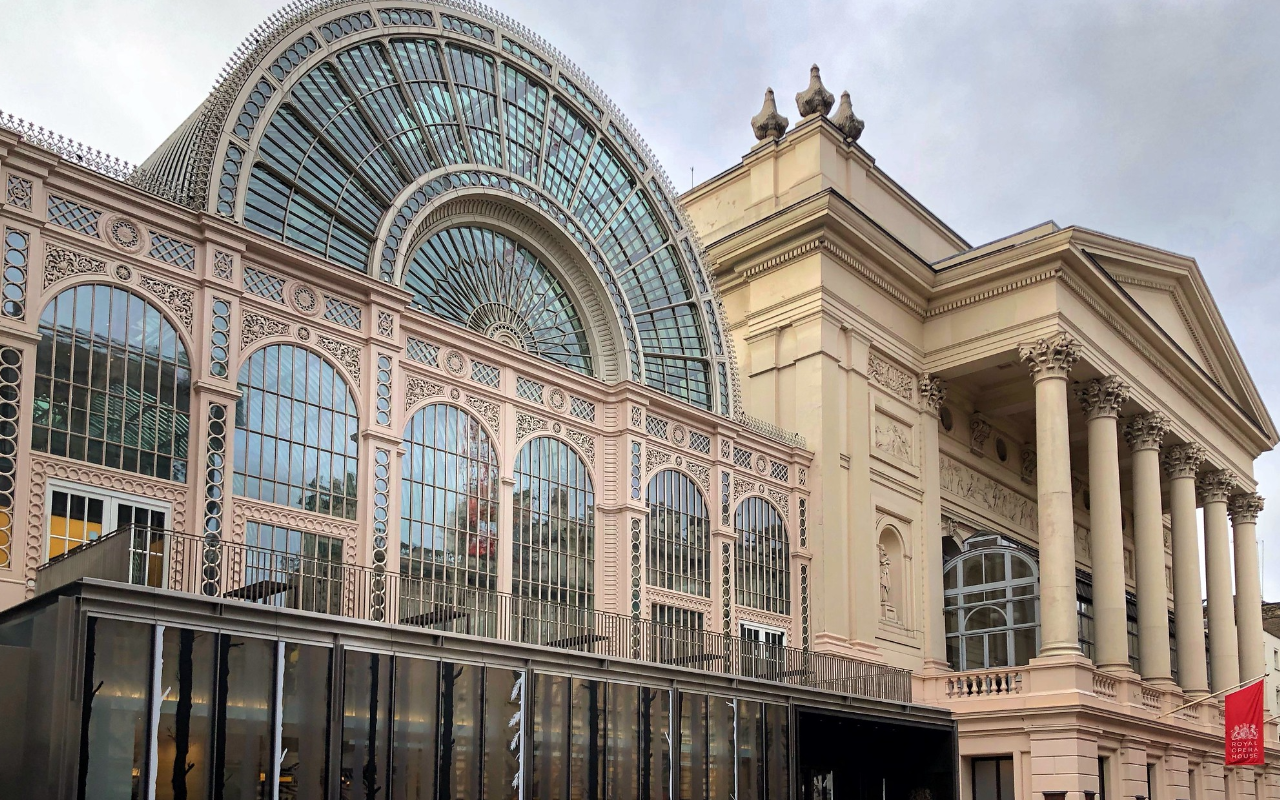
Royal Opera House
Photo: Dave Rutt
Who runs the arts in England?
New research confirms that elite institutions are still the dominant players in the interconnecting networks running the arts. Dave O’Brien and Mark Taylor share their findings.
Our new paper suggests the key players on England’s arts boards are individuals with backgrounds and expertise in business, financial and accounting services. In terms of the organisations which connect arts boards to each other, companies involved in funding the film industry and in property development are dominant. Alongside these key players, the elite institutions, such as the Royal Opera House (ROH), are still the dominant players in the network of who runs the arts.
Arts boards are the subject of media interest. This has been driven by a combination of concerns: from whether boards really represent the audiences they claim to serve, to questions about individual appointments. Just compare the positive reaction to Patrick Vallance’s appointment as Chair of the Natural History Museum with the negative reaction to George Osborne taking on the same role at the British Museum.
Despite these concerns, arts boards have seen less scrutiny when compared to the cultural sector’s workforce and its audience. Our research investigated who the key players on England’s arts boards are and the industries and businesses from which they are drawn.
A social network analysis
We used data from Arts Council England’s (ACE) National Portfolio Organisations (NPO), linked to data from the UK Government’s Companies House. ACE’s list of NPOs does not, of course, include every cultural organisation in England. It does, however, give a good indication of the more than 700 organisations that are the key, state supported players in England’s cultural sector. We used both these datasets to analyse networks and relationships between arts boards.
From Companies House data we could identify the board members of every NPO and construct a network by connecting organisations that share a board member. This network is sparse: 424 of the 735 NPOs we investigated are isolates, meaning they don’t share board members with any other. Then we looked at other boards these arts board members sit on, enabling us to construct two additional networks. In the first, we focussed on NPOs but included what we call indirect ties, where two companies are indirectly connected through a third company. In the second, we included the additional companies where arts board members can also be found on the boards.
In the network including indirect ties, significantly fewer NPOs are disconnected from the network, and the overall density is much higher: far more NPOs are connected indirectly than directly. The organisations prominent in this part of our analysis are some of the major cultural organisations in the UK such as the ROH and Bristol Old Vic.
Our next analysis looked at the other companies and boards the NPO board members sit on, along with those additional companies’ boards. This offers a different, and more distinctive, picture of arts governance in England.
When we look at the types of companies in the network, we find connections between different parts of the cultural sector, for example NPOs connected to film and tv companies. The Royal Opera House remains central. While it only shares board members with a few other artistic and cultural organisations, several of its directors are prominent in the business and corporate world. We see this measured by both its position as an organisation and the key individuals sitting on its board.
Significant implications
The network structure of the analysis allowed us to investigate both the most central organisations in the network, and the varieties of organisation that are most prominent.
Corporate influence extends beyond relationships such as sponsorship of arts organisations.
There are now significant numbers of shared board memberships between financial organisations and cultural organisations. These shared memberships extend beyond the very largest and most high-profile arts organisations and apply more generally across the publicly funded cultural sector in England.
The importance of financial services has significant implications. It suggests a very different blend of interests than those supposed in current government rhetoric.
Although business and financial organisations are prominent, there has not been a complete corporate takeover of cultural sector boards. The most prestigious organisations, specifically the ROH, still dominate the networks of who governs culture. By any metric – whether funding, audience or workforce – opera is England’s most elite artform and the ROH that artform’s most elite institution.
As a result, while the presence of both arts administrators and business elites within England’s arts governance network may have changed the expertise of who runs the arts, the dominance of the Royal Opera House suggests elite structures adapt to funding and policy pressures, in order to protect and secure their positions.
Dave O’Brien is Professor of Creative and Cultural Industries, University of Sheffield.
Mark Taylor is Senior Lecturer in Quantitative Social Sciences, University of Sheffield.
Join the Discussion
You must be logged in to post a comment.